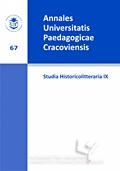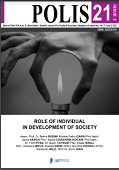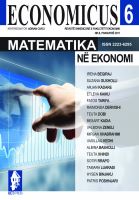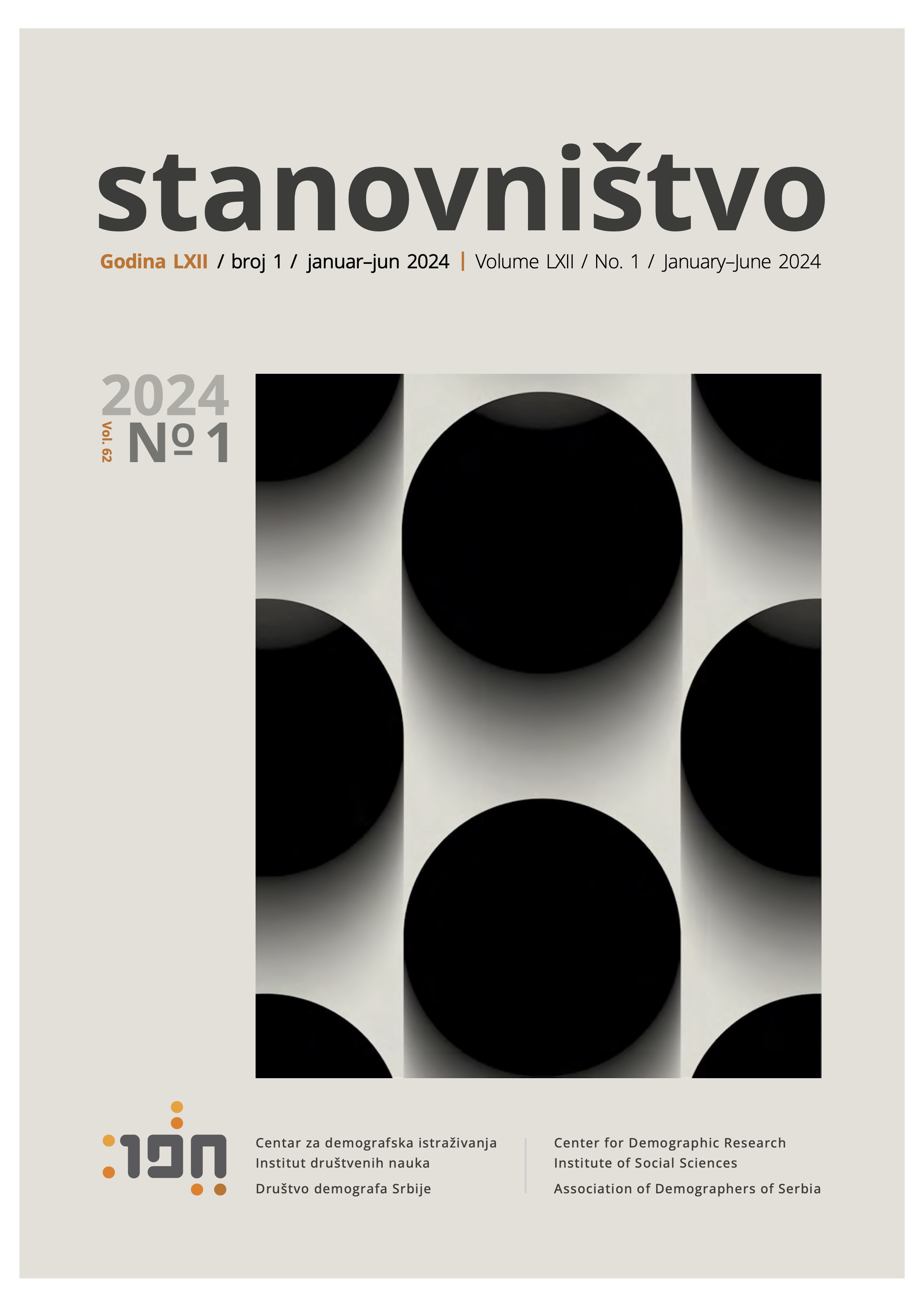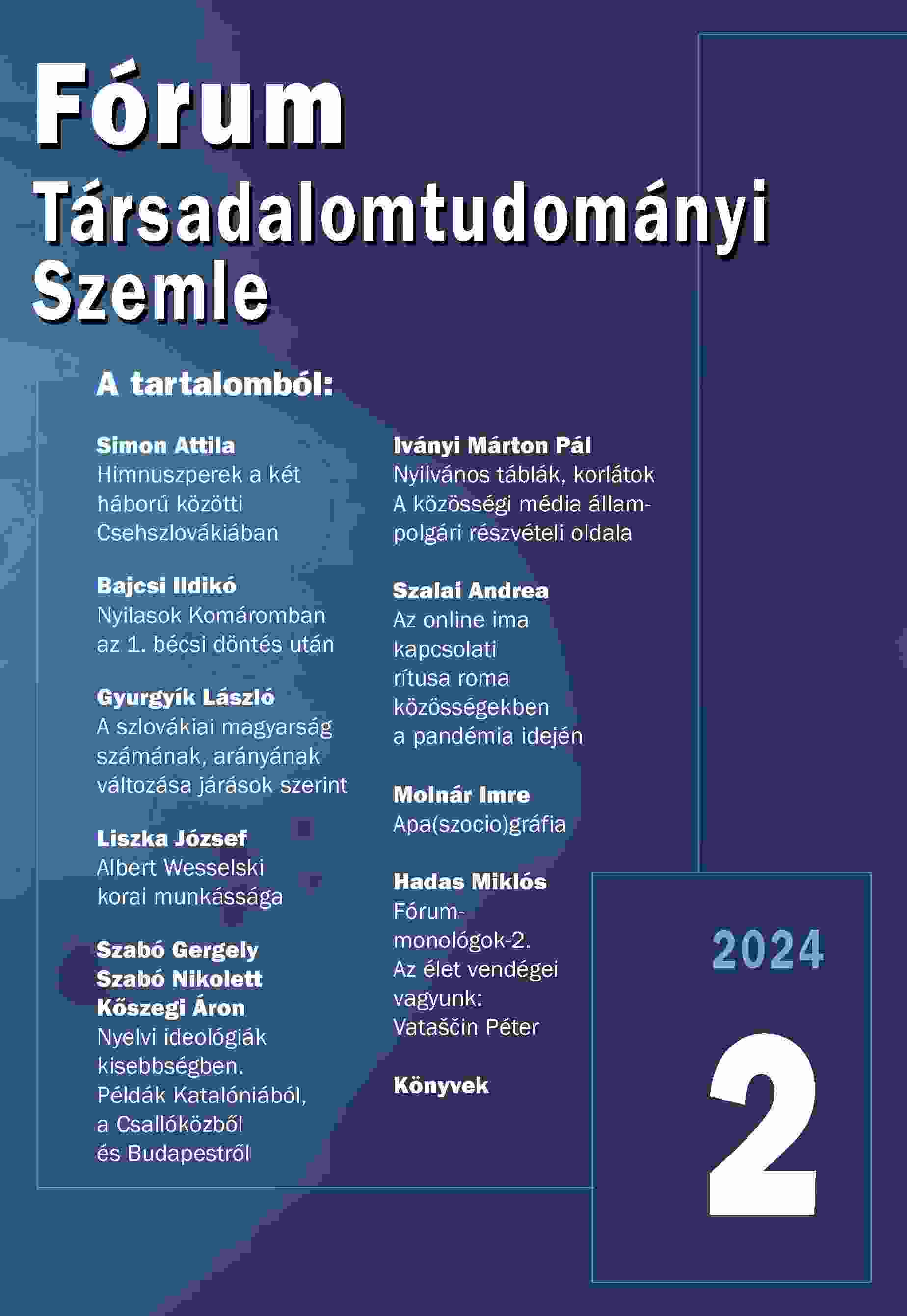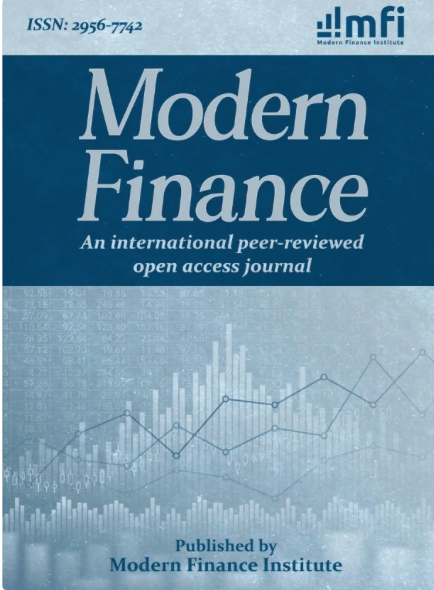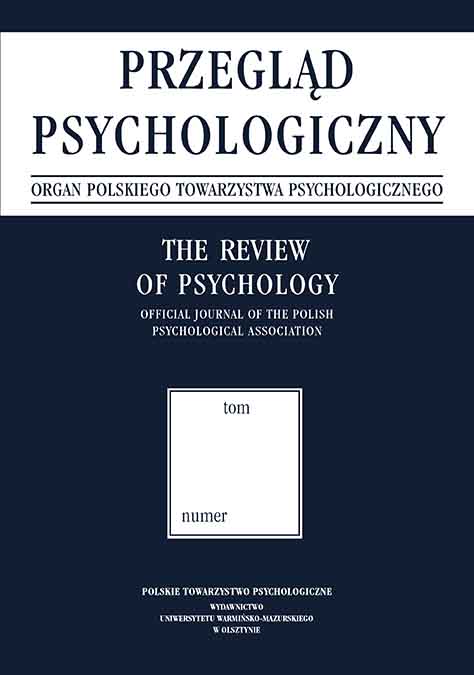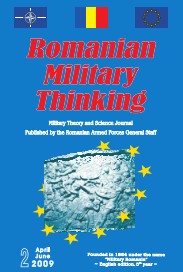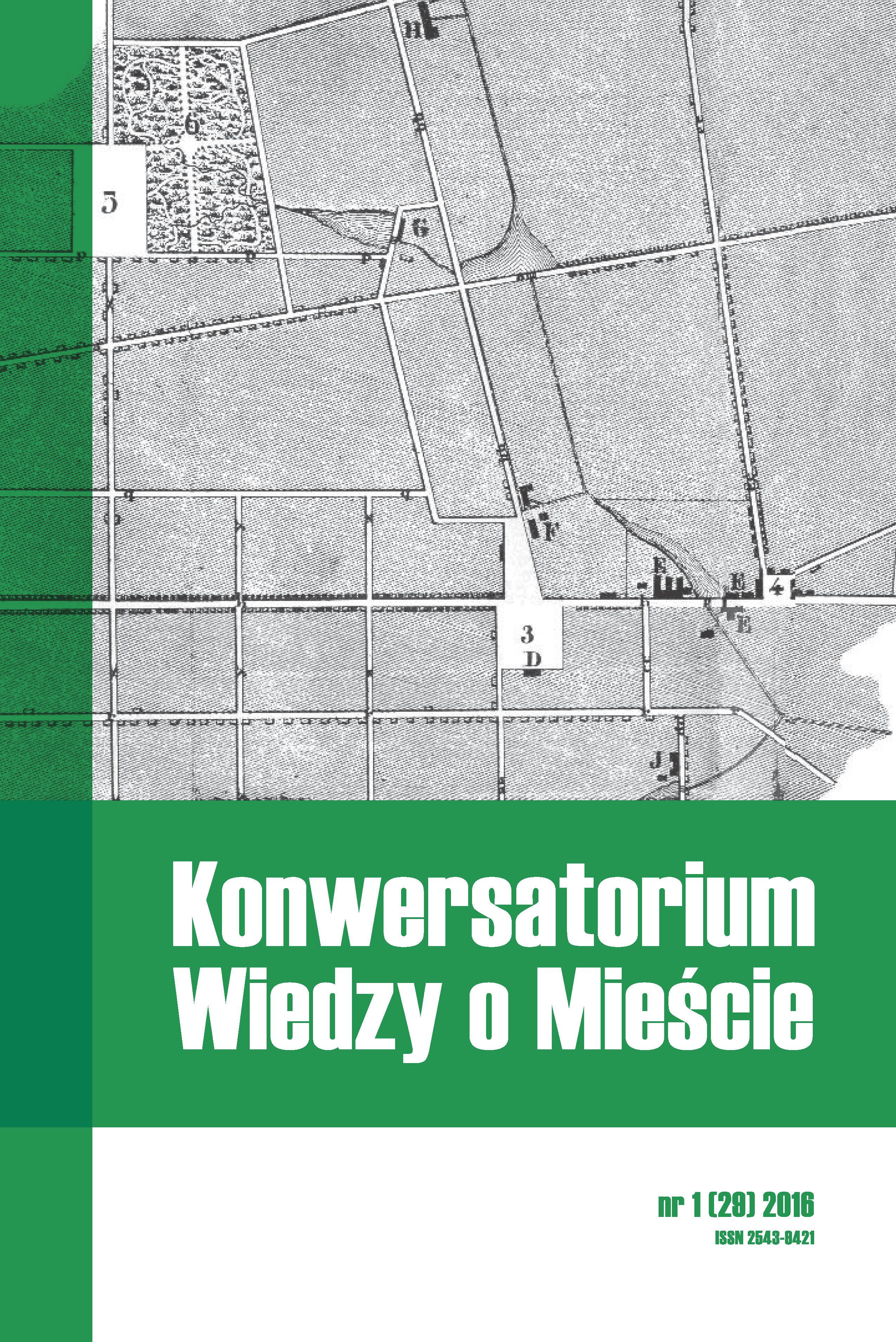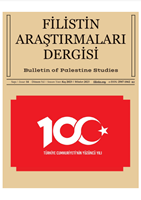Author(s): Monika Komušanac / Language(s): Croatian
Issue: 1/2024
The paper analyzes the characteristics of the labor market in Croatia, the changes in the demographic potential of the working-age population, and the structural determinants of the labor system. The movement of the number of able-bodied, active and inactive population from 2013 until today, points to a trend of decreasing the able-bodied contingent, economic activity and unemployment of the population, and an increase in employment. The analysis showed that the structural problems on the labor market in Croatia are an insufficiency of educational staff, structural unemployment, youth unemployment, and the mismatch between the supply and demand of jobs. Such characteristics of the work system influenced the movement of the determinants of external migration in Croatia, especially after 2013. Simultaneously with the strengthening of emigration, the number of immigrated persons also increases, so that from 2013 to 2022, their number amounted to about 195 thousand of mostly foreign citizens. We can establish that we are talking about free economic migrations and an increased inflow of labor, mostly unskilled workers, which makes up for the lack of domicile workforce. Structural- selective unemployment in Croatia can be analyzed on a general level according to age groups and according to education, and on a specific level, through indicators of the skills mismatch on the labor market. The total unemployment rate in Croatia has experienced a significant decline since 2013, and current unemployment is the lowest in the youngest working age, and the highest in the age over 40. Compared to 2013, the share of unemployed persons with primary and lower secondary education in Croatia is continuously decreasing, the share of unemployed persons with upper secondary and post-secondary non-tertiary education levels is slightly falling (with frequent oscillations), while the share of unemployed persons with tertiary education is increasing. Problems on the labor market in Croatia have been noticeable after the global economic crisis of 2008 and its high unemployment, and in the last ten years also in the areas with a low level of economic activity of the population and a lack of domestic labor for the functionality of certain sectors of activity. On the other hand, the structure of the emigrant contingent, in which the young and able-bodied population predominates, points to the outflow of labor force of medium and high qualification levels. The review of research on recent emigration confirms the complex conditionality of leaving Croatia, and among the main factors a group of economic ones arising from the macroeconomic situation and structural deficiencies in the labor market stands out. In addition to economic factors, other types of factors are strengthening, which is why the continuation of the emigration of the Croatian population and the immigration of the foreign population are likely to be expected. The isolated and presented indicators and trends point to the complexity of the relationship between economic and labor factors, contemporary migration patterns and demographic characteristics of the resident population, in accordance with previous theoretical and empirical knowledge.
More...


